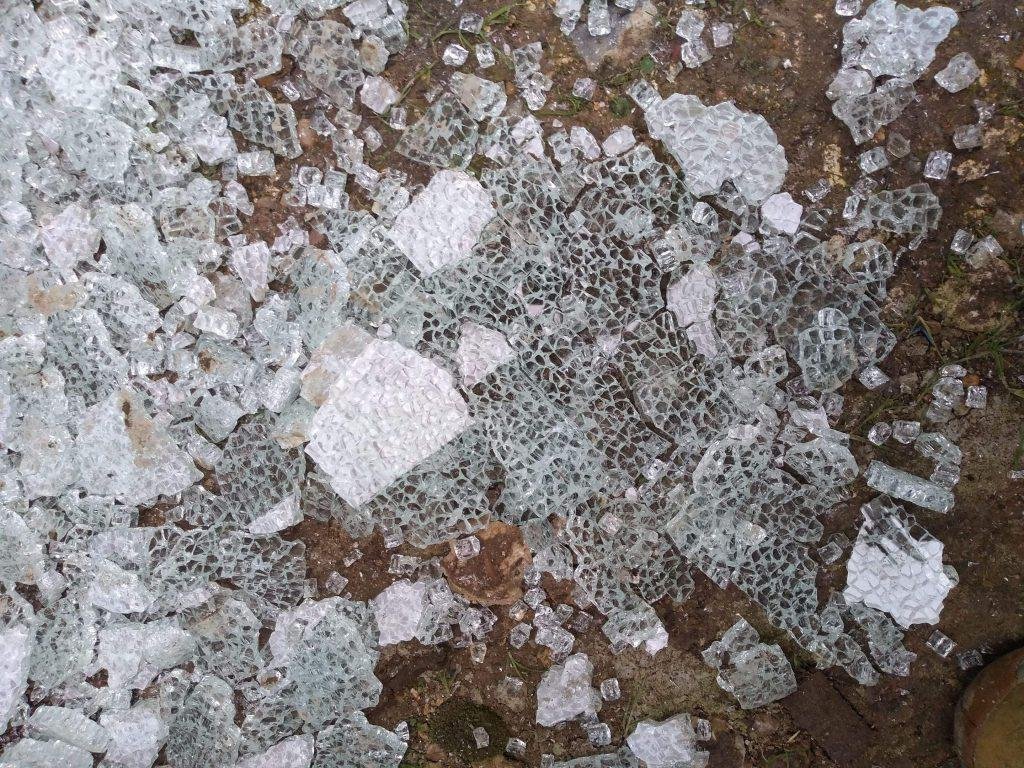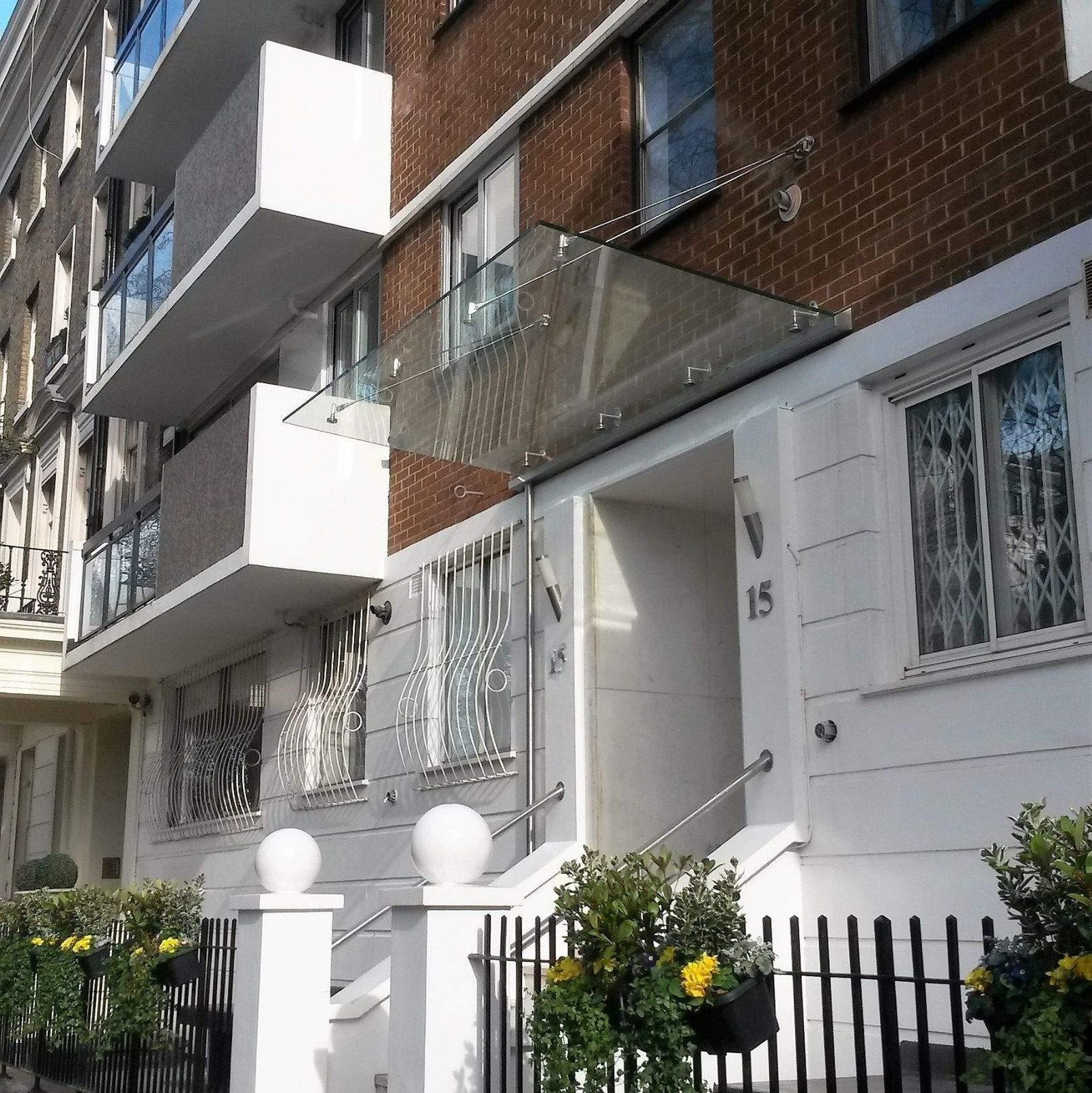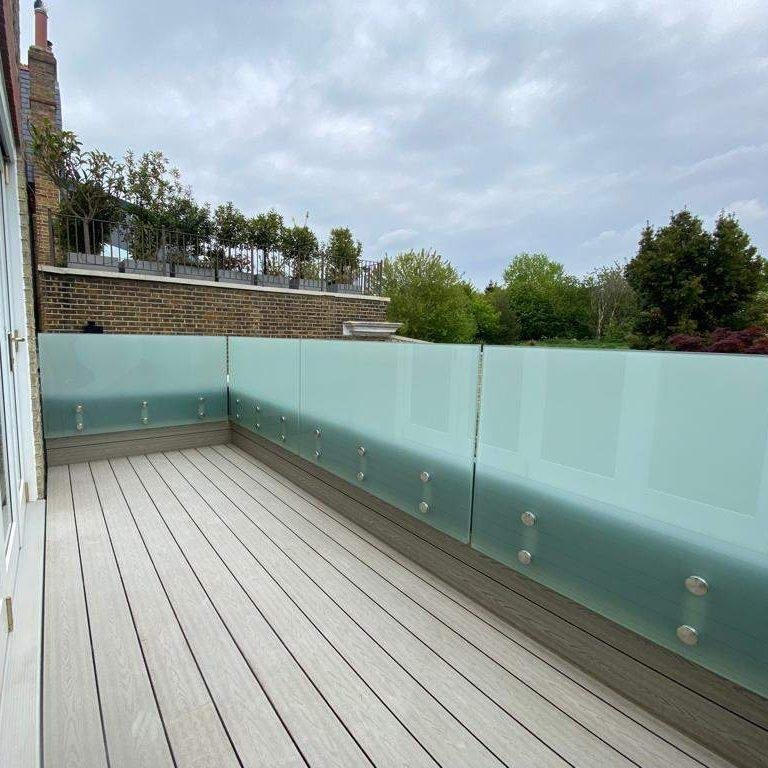Where Should Safety Glass Be Used?
Types, Applications and Why Specification Matters
In architectural design, glass is increasingly used not only as a functional element but also to define aesthetics and create spaces. However, every design decision involving glass must balance beauty with performance and, most critically, safety. That’s where the correct specification of safety glass becomes crucial—not just as a best practice but as a legal requirement under UK building regulations.
What Is Safety Glass?
Safety glass refers to specially designed glazing that reduces the risk of breakage and, in the event of failure, minimises the risk of injury. There are various types, each offering a specific set of properties suitable for different projects and applications.
Safety glass is mandatory in several scenarios under Approved Document K of the Building Regulations, which outlines rules for protection against impact, falling, and breakage.

Where Should Safety Glass Be Used?
Understanding where safety glass must be installed is essential for both compliance and user welfare. Below are some of the most common areas:
- Doors and Side Panels: Any glazed door or adjacent panel that reaches within 1500mm from floor level must feature safety glazing.
- Low-Level Glazing: Glass within 800mm from floor level (such as full-height windows or shopfronts) must be safety glass.
- Frameless Glass Balustrades: All frameless balustrades must use laminated toughened glass with appropriate loading resistance – it’s not just about strength but post-breakage performance too.
- Walk-On Glass Floors and Rooflights: These always require specialist safety glazing systems, typically multi-laminate make-ups, compliant with structural and slip-resistance standards.
- Shower Screens and Enclosures: Wet areas necessitate safety glass due to their exposure to thermal and low-level glazing.
- Public or High-Traffic Spaces: Safety glass is best practice in areas where people may inadvertently collide with glazed elements.
It’s important to recognise that safety glass doesn’t just apply to obvious zones – in modern architectural glass design, it forms part of stairs, freestanding features and structural glass walls where safety-critical glass is non-negotiable.
The Main Types of Safety Glass
There are three primary types of safety glass, each serving a slightly different purpose:

Toughened (Tempered) Glass
Toughened glass is heat treated to be up to five times stronger than standard annealed glass. When broken, it shatters into small granular pieces rather than sharp shards. It is ideal for:
- Internal partitions
- Frameless entrances
- Shower screens
- Glass canopies or overhead applications (when used in combination with laminated glass)
Note: While toughened glass offers high impact resistance, it is not suitable on its own for some applications such as frameless balustrades or walk-on glass, where fall protection or retained integrity is required.
Laminated Glass
Formed by bonding two or more layers of glass with an interlayer (typically PVB or EVA), laminated glass holds together when broken, making it ideal for preventing injury or falling hazards. Laminated glass lacks the strength of toughened glass and will crack into glass shards when broken, held in place by the lamination. Applications include:
- Low Level Glazing
- Canopies and roof glazing
- Fixed, non-load bearing glazing where post breakage safety is essential.


Laminated Toughened Glass
A combination of laminated and toughened glass, this type of glass combines the strength and impact resistance of toughened glass with the post-breakage safety of laminated glass. Formed by bonding two or more layers of toughened glass with an interlayer (typically PVB or EVA or SGP), toughened laminated glass holds together when broken, but utilises the strength of toughened glass. Applications include:
- Glass balustrades, especially where frameless designs are specified
- Structural glass floors or bridges
- Glazed links where post-breakage safety is essential
Laminated toughened glass also offers excellent sound control and can incorporate acoustic, solar or switchable smart technologies for enhanced performance.
Why Specifying the Right Safety Glass Matters
Safety and Compliance
Incorrect specification can result in glass failure, which not only risks harm to users but can leave designers, contractors and developers liable. Adhering to BS EN 12600 (glass impact testing) and BS 6180 for barriers and balustrades is legally required, not optional.
Design Integrity
Modern architecture often favours minimal framing and maximised views. Specifying performance glass correctly ensures that these designs aren’t compromised post-construction due to retrofitting or building control issues. For example, using toughened laminated curved glass in a balustrade design maintains minimalism and meets standards without added handrails or framing.
Your Project Reputation
For professionals such as architects, contractors and technologists, getting the spec correct protects your credibility. Clients expect seamless finishes and lasting performance. Poor glass choices can lead to misting, shattering, or regulation breaches – all of which can damage reputations and cost significantly to replace.
Precision Glass: Safety Solutions Designed for Complex Projects
At Precision Glass Ltd, we specialise in glazing that pushes architectural boundaries while meeting exacting safety standards. From curved laminated balustrades to frameless glazed links, we help our clients specify the right product from the start – not just for compliance, but for peace of mind and performance.
Whether you’re specifying glass for a bespoke private residence or a commercial feature space, ensuring your safety glass meets the mark is essential. If you’re unsure about which type of glass you need, our team can assist with recommendations, design input, and practical advice tailored to your project’s needs.
Looking for expert advice or a quote? Get in touch to speak with our technical team about your architectural glazing requirements.
Get a Quote or Call Our Team
Contact our team today to discuss your plans, request a quote, or arrange a survey.
📞 Call us now: 01444 717317
📩 Or request more information using the form below:
Other Blogs
- Designing a Glass Canopy: 7 things to consider
 Purpose and Performance Requirements Start by identifying what the canopy needs to achieve. Is it primarily to provide protection from rain over a front door? Or is it required to… Read More »Designing a Glass Canopy: 7 things to consider
Purpose and Performance Requirements Start by identifying what the canopy needs to achieve. Is it primarily to provide protection from rain over a front door? Or is it required to… Read More »Designing a Glass Canopy: 7 things to consider - The History of Curved GlassThe Early History of Glass Forming To understand when curved glass was first developed, it’s helpful to look at the broader history of glass. Glass-making can be traced back to… Read More »The History of Curved Glass
- How Walk-On Glass Transforms Spaces with Light and Usability
 What Is Walk-On Glass? Unlike traditional skylights or decorative glass flooring, walk-on glass is designed as an architectural element intended to carry live loads such as foot traffic. These robust,… Read More »How Walk-On Glass Transforms Spaces with Light and Usability
What Is Walk-On Glass? Unlike traditional skylights or decorative glass flooring, walk-on glass is designed as an architectural element intended to carry live loads such as foot traffic. These robust,… Read More »How Walk-On Glass Transforms Spaces with Light and Usability

